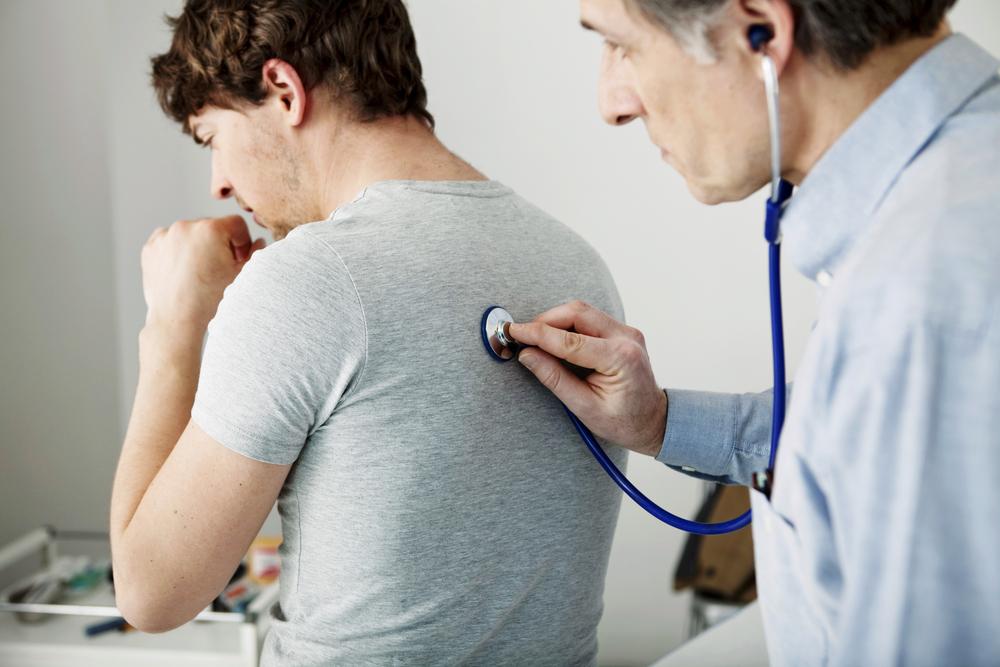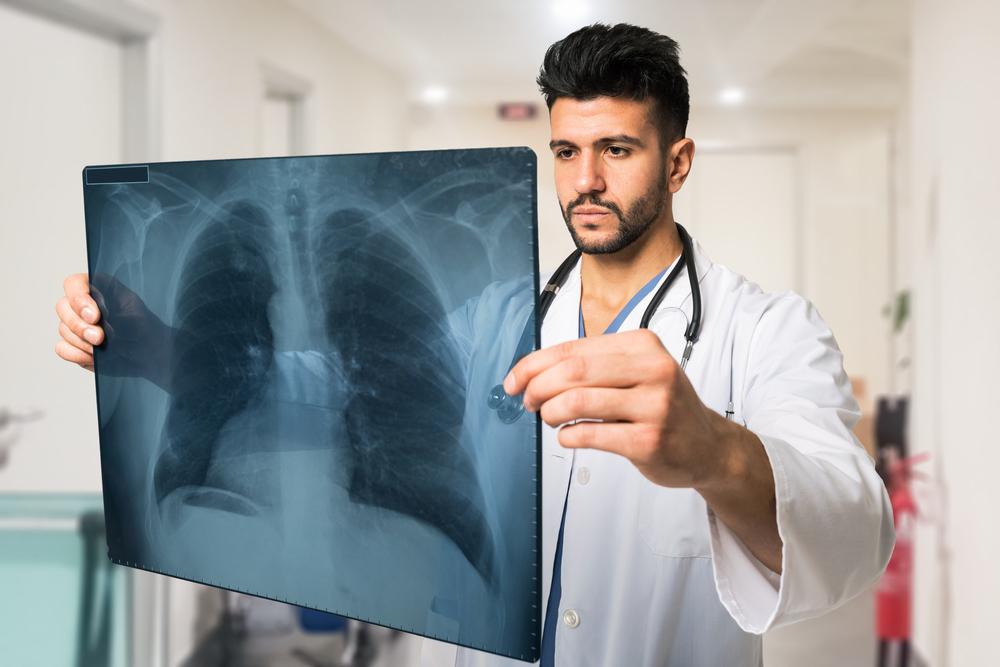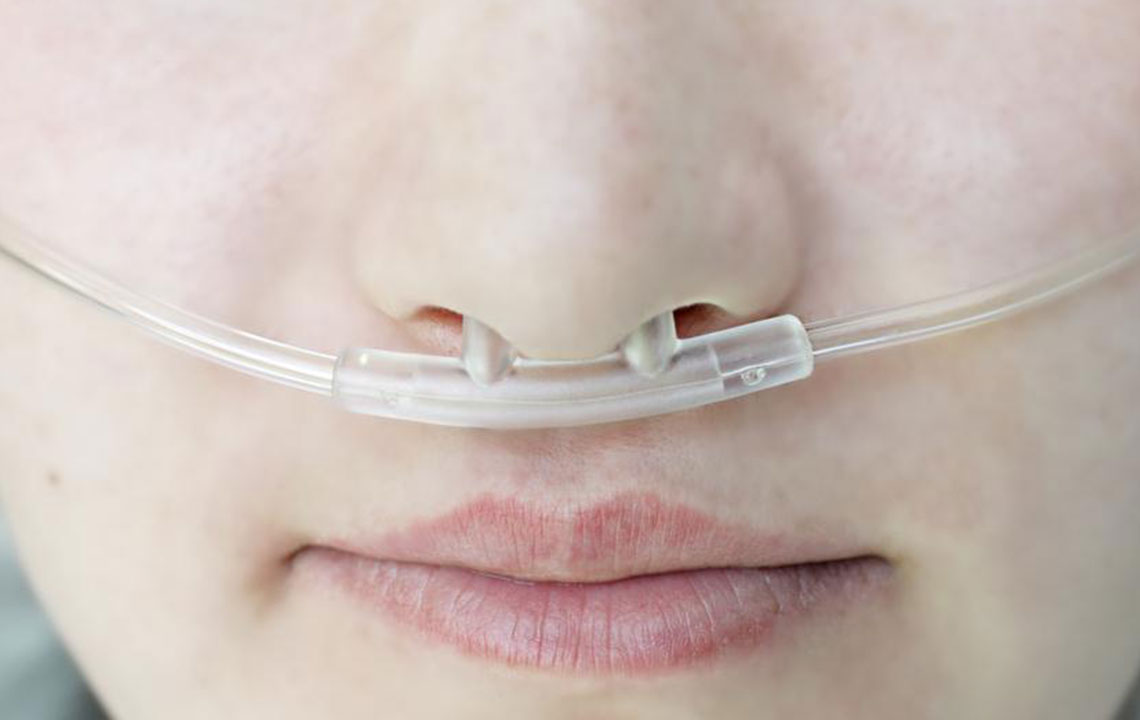Approach to Diagnosing Chronic Obstructive Pulmonary Disease (COPD)
This comprehensive guide outlines the key methods used to diagnose COPD, including spirometry, imaging, and lab tests. It details different stages of COPD severity per the American Thoracic Society, emphasizing early detection and treatment planning. The article serves healthcare professionals and patients seeking clear diagnostic insights into COPD management.
Sponsored

Approach to Diagnosing Chronic Obstructive Pulmonary Disease (COPD)
Diagnosing COPD primarily involves evaluating clinical symptoms, conducting spirometry tests, performing laboratory analyses, and imaging studies. Spirometry assesses lung function by measuring how much air you can exhale after taking a deep breath, particularly focusing on forced expiratory volume in the first second (FEV1).
Spirometry Tests
This test is key for identifying COPD. During the procedure, breathing into a device measures FEV1, total expired air (FVC), and the FEV1/FVC ratio. Abnormal results may appear even in early, asymptomatic stages.
In COPD, typical findings include:
FEV1/FVC ratio less than 0.7
FEV1 below 80% of predicted
Chest X-Ray
An X-ray can sometimes assist in diagnosis, showing lungs that appear hyperinflated with increased radiolucency due to alveolar enlargement.
Laboratory Tests
Elevated red blood cell count in some cases, caused by compensatory response to low blood oxygen levels
Sputum analysis to detect infections or inflammation
Arterial blood gas (ABG) measurement to evaluate oxygen and carbon dioxide levels in the blood
COPD Severity Stages According to the American Thoracic Society
Stage 1: Mild
FEV1 less than 80%, with or without symptoms
Stage 2: Moderate
FEV1 between 50% and 80%, with symptoms like chronic cough, sputum, and shortness of breath during activity
Stage 3: Severe
FEV1 between 30% and 50%, with increased respiratory symptoms and fatigue
Stage 4: Very Severe
FEV1 below 30% or with significant respiratory failure symptoms





